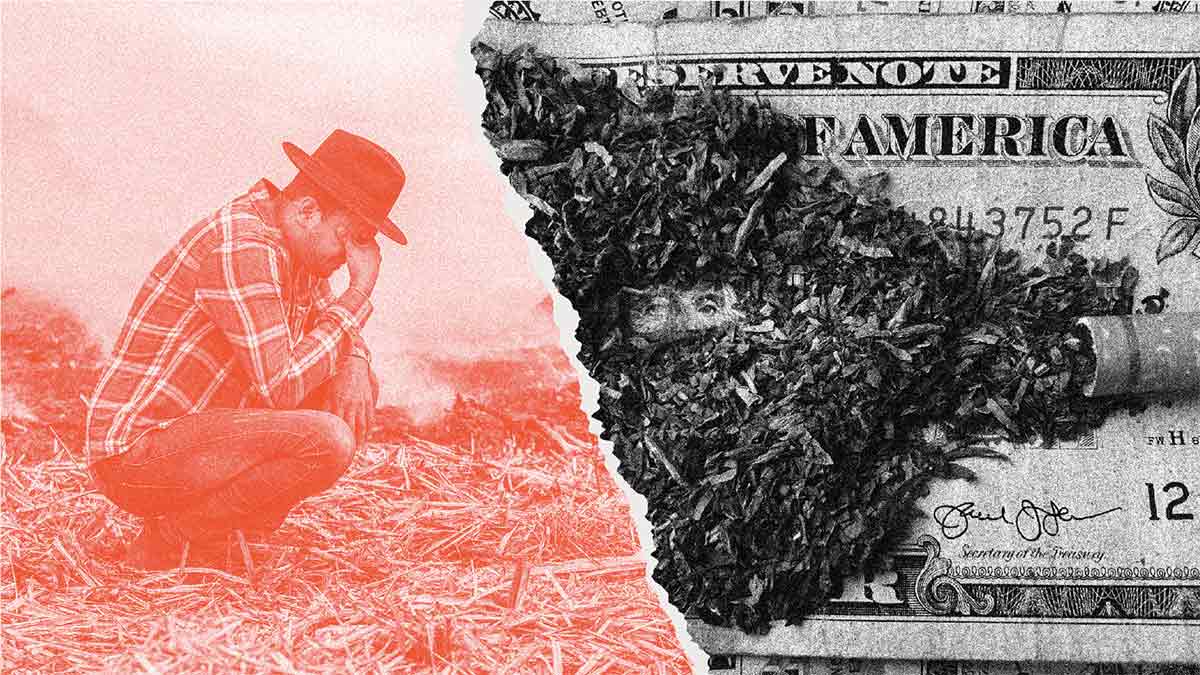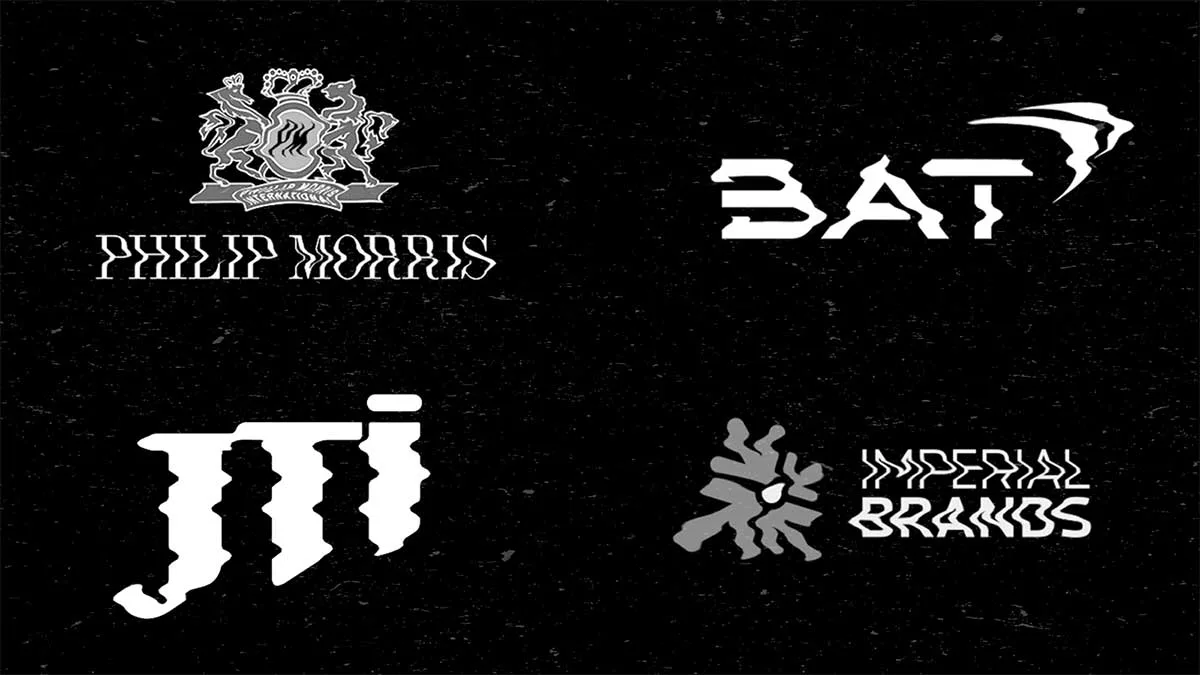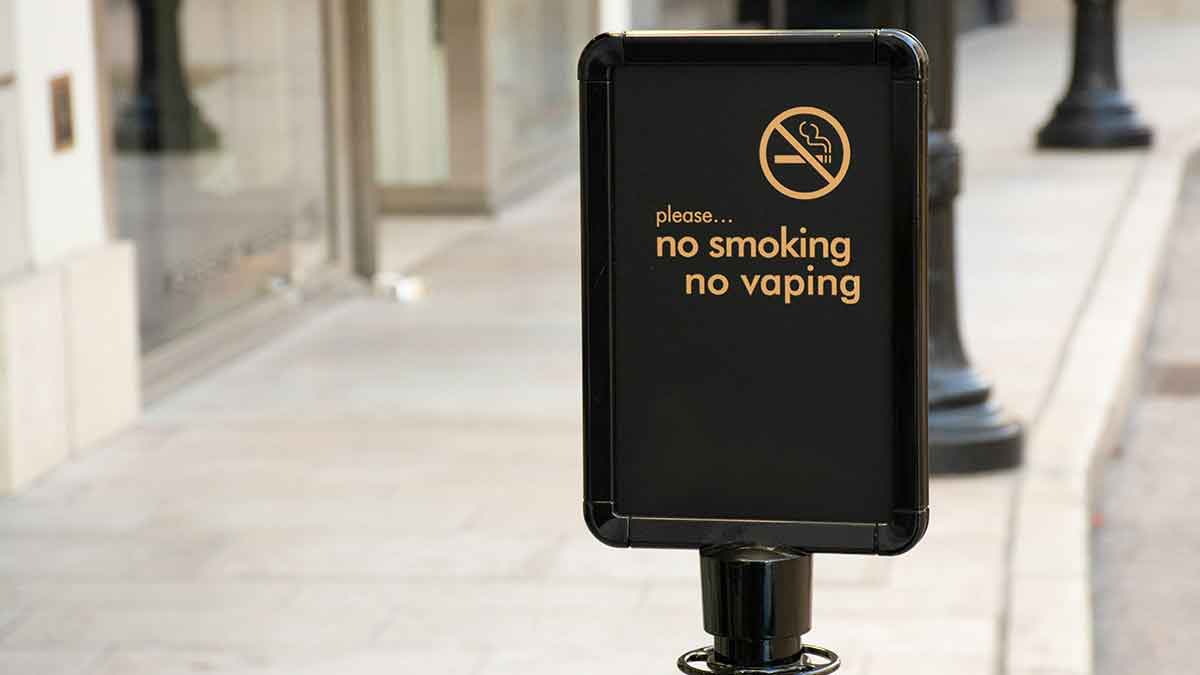- Resources
- News
-
-
Get Email Updates
Sign up for STOP's emails and never miss an update on our latest work and the tobacco industry's activity.
-
Get Funding
Ready to tackle industry interference? You could be eligible for a grant.
-
Share a Tip
Do you have information on tobacco industry misconduct in your country? Let us know.
-
Get Email Updates

When we think of tobacco, we often think of the products it’s used in, like cigarettes, snus and heated tobacco products. But what exactly is tobacco, and how did it become the global health burden it is today?
The simple answer: Tobacco is a plant that contains nicotine, a highly addictive chemical. The leaves of the plant are processed and made into tobacco products. Tobacco products are a leading cause of many cancers, heart disease and chronic obstructive pulmonary disease. Tobacco use kills more than 8 million people every year.
Giant corporations globalized tobacco use and drove the tobacco epidemic.
Native to the Americas, tobacco is now grown and consumed around the world. Tobacco is produced in more than 125 countries, with China, India and Brazil producing the most tobacco leaf. Tobacco growing drives deforestation and tobacco farmers—and their children—are often exploited.
Today, a massive, global industry exists around the growing, manufacturing and selling of tobacco. The tobacco supply chain is made up of many players, from farmers to processors to retailers, but four large international corporations drive the industry: Philip Morris International, British American Tobacco, Japan Tobacco International and Imperial Brands.* They and their subsidiaries make up Big Tobacco, and are primarily responsible for perpetuating the worldwide tobacco epidemic.
The Big 4 rake in hundreds of billions of dollars in profits every year by selling addictive products, most of which contain tobacco. To protect these profits, they aggressively market to youth, hoping to hook younger users and create lifetime customers. They also oppose tobacco control policies, such as increased tobacco taxes, smoke-free spaces and advertising bans that would encourage people to avoid or quit tobacco. Many governments have successfully implemented these policies, but unfortunately others are still influenced by the industry’s interests.
Tobacco can be consumed in several different ways.
Cigarettes are the world’s most popular tobacco product. Together, the Big 4 produce trillions of cigarettes every year. Cigarettes are a leading cause of cancer and heart disease worldwide. Cigarette filters, found in almost all commercial cigarettes, have no proven health benefits and are one of the world’s leading causes of toxic, single-use plastic pollution.
Tobacco is also sold loose for use in pipes or “roll-your-own” cigarettes. Snus, or moist tobacco powder, can be consumed orally by tucking it in the user’s lip, either loose or in a small packet. Snus is a common example of smokeless tobacco.
Other tobacco products are popular in specific regions or countries. Bidis are a hand-rolled tobacco product popular in South Asia and primarily in India, with bidi sales outnumbering cigarette sales eight-to-one. Unlike commercial cigarettes which are produced in factories, bidis are often produced at home by unregistered subcontractors. Bidi smoke contains more tar, nicotine and carbon monoxide than cigarettes. Kreteks, a cigarette containing tobacco mixed with cloves, is produced and consumed predominantly in Indonesia. Additionally, waterpipes, which often use flavored tobacco, are especially common in the Eastern Mediterranean region. While these products have regional popularity, they’re also exported to countries around the globe.

To make their products more addictive or more appealing, tobacco companies modify their tobacco—sometimes in ways consumers aren’t aware of.
Recently, heated tobacco products (HTPs) have become a marketing focus for the tobacco industry. Tobacco companies claim that HTPs “heat” tobacco, usually using an electronic element, instead of burning it and therefore claim the products are “smoke-free” or market them with implied claims of being safer than cigarettes. Independent research has questioned whether these devices are truly “smoke-free” and whether nicotine levels are as low as tobacco companies claim. And while they may expose users to fewer harmful chemicals than cigarettes, they may contain higher levels of certain potentially harmful substances than cigarettes. Their long-term effects on health are not yet known.
Companies manipulate tobacco to increase addiction and appeal.
Many new users of these products find the smell and taste of tobacco and the harshness of smoking unpalatable at first. To make their products more addictive or more appealing, tobacco companies modify their tobacco—sometimes in ways consumers aren’t aware of.
Tobacco companies have genetically engineered tobacco crops to contain up to two times more nicotine. They’ve also added chemicals such as ammonia to help nicotine reach the brain faster—a tactic that only publicly came to light when Dr. Jeffrey Wigand blew the whistle on his employer, Brown & Williamson, in the 1990s.
Another common example are menthol tobacco products. What is menthol, exactly? Menthol is not a type of tobacco, but a mint-flavored additive that makes smoking feel less harsh. The flavor is added as the tobacco leaf is processed, or released from a flavor capsule embedded in the filter. Menthol is the most popular tobacco flavor, and menthol-flavored cigarettes account for about 10% of the global cigarette market. Along with other flavored tobacco, such as fruit and spice flavors, menthol tobacco is known to be appealing to younger people and harder to quit than unflavored cigarettes.
Tobacco is regulated differently around the world.
Tobacco sales are legal in almost every country, but the rules about what products can be sold and where, who can buy them and where they can be used vary from country to country.
The WHO Framework Convention on Tobacco Control, a global health treaty, provides a roadmap for governments to reduce tobacco use. Currently, 180 countries are Party to the treaty, though implementation of its measures varies.
An assessment of tobacco control programs, including ratings for smoke-free policies, cessation programs, health warnings on packages, ad bans, taxation and more, showed 23 countries presented a “best model” that other countries could follow.
The big picture of tobacco.
The simple answer to “What is tobacco?” doesn’t tell the whole story. In reality, tobacco is more than just a plant. Because its addictive nature has been commodified by transnational corporations and funds the profits of a massive industry, it’s become the cause of a global epidemic, killing millions every year and causing severe illness and hardship to many others.
As long as the industry continues to profit from tobacco, it will continue to fight to keep the epidemic going strong—at the cost of millions of lives every year—unless governments take action to stop it.
*China National Tobacco Corporation is the world’s largest producer of cigarettes, but is not included in the Big 4, as it primarily serves the Chinese domestic market.



